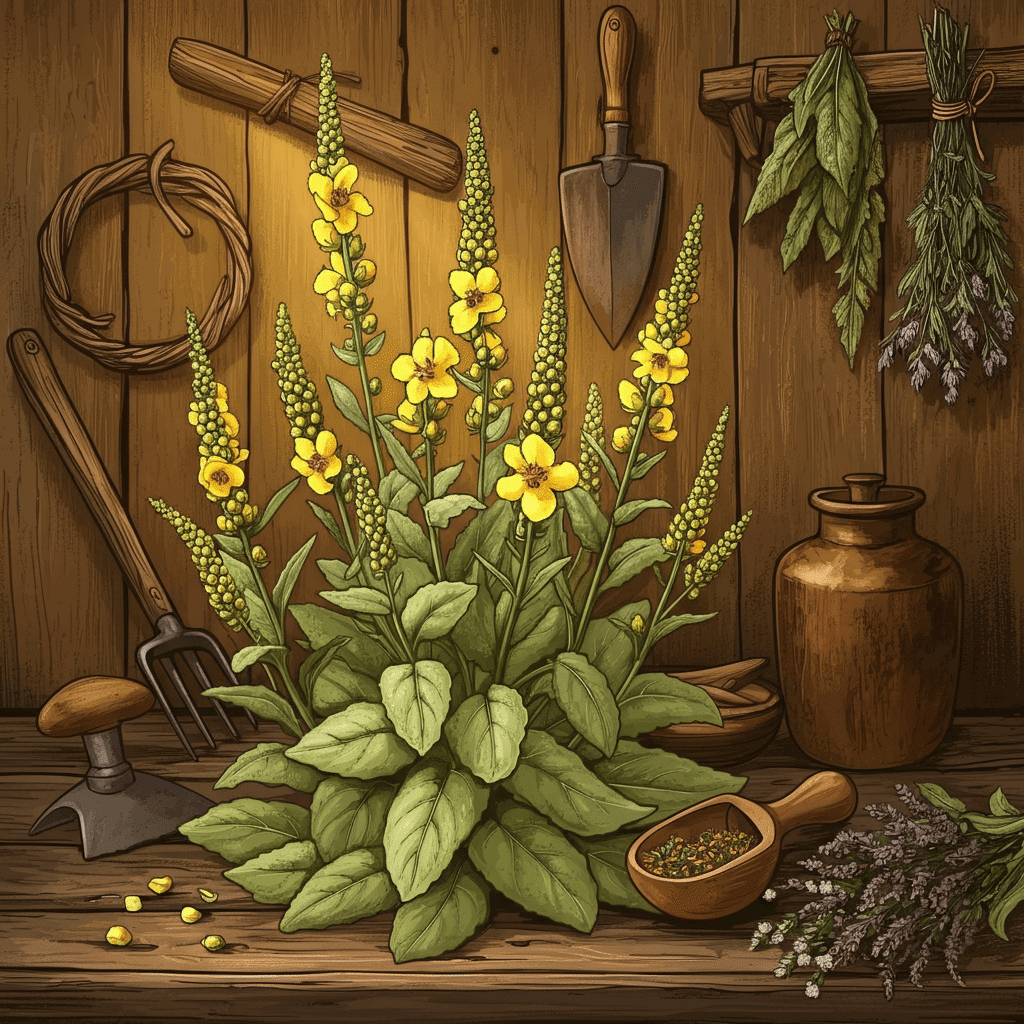Transform your North Carolina backyard into a vibrant bird-watching paradise. Whether you’re sipping morning coffee in Charlotte or tending your garden in the Blue Ridge Mountains, learning to identify your feathered neighbors opens up a whole new world of natural wonder right outside your door.
Bird watching doesn’t require expensive equipment or years of study. With this comprehensive guide to North Carolina’s most common backyard birds, you’ll quickly become confident in identifying the species that visit your feeders, splash in your birdbaths, and nest in your trees. From the cheerful songs of cardinals to the acrobatic displays of blue jays, each bird brings its own personality and charm to your outdoor space.
North Carolina’s diverse landscapes—from coastal plains to mountain peaks—create perfect habitats for dozens of bird species. This means your backyard likely hosts a rotating cast of colorful characters throughout the year. Some birds stay year-round, while others migrate through during spring and fall, making every season an opportunity for new discoveries.
Essential North Carolina Backyard Birds You’ll See Daily
Northern Cardinal
The Northern Cardinal stands out as North Carolina’s state bird and one of the most beloved backyard visitors. Males display brilliant red plumage with a distinctive black mask around their eyes and beak. Females sport warm brown coloring with subtle red accents on their wings, tail, and crest.
Cardinals prefer sunflower seeds and safflower seeds at your feeders. They’re ground feeders by nature, so scatter seeds on platform feeders or directly on the ground. You’ll often hear their distinctive “birdy-birdy-birdy” song or sharp “chip” calls throughout the day.
These birds nest in dense shrubs and small trees, typically 3-10 feet off the ground. If you want to attract cardinals, plant native berry-producing shrubs like elderberry or dogwood around your property.
Blue Jay
Blue Jays bring intelligence and personality to North Carolina backyards with their striking blue and white plumage. These social birds travel in family groups and communicate through various calls, from harsh “jay-jay” sounds to surprisingly melodic songs.
Blue Jays love peanuts, both in the shell and out. They’ll also eat sunflower seeds, corn, and suet. Watch them cache food for later—they’re excellent at remembering where they’ve hidden treats around your yard.
These clever birds can live up to 26 years and often become regular visitors once they discover your feeders. They’re protective of their territory and will chase away hawks and other predators, essentially serving as security guards for smaller birds.
Carolina Chickadee
Carolina Chickadees are year-round residents that bring constant entertainment to your backyard. These small, acrobatic birds feature black caps and bibs contrasting with white cheeks and gray wings. They’re incredibly social and often travel in mixed flocks with nuthatches, titmice, and woodpeckers.
These active little birds prefer black oil sunflower seeds, suet, and peanut hearts. They’re cavity nesters, so consider putting up nest boxes with 1⅛-inch entrance holes. Carolina Chickadees will also excavate their own holes in soft, rotting wood.
You’ll hear their namesake “chick-a-dee-dee-dee” call throughout the year, with more “dees” indicating higher levels of excitement or alarm. They also produce a clear, whistled “fee-bee” song that sounds like they’re saying their own name backwards.
Carolina Wren
Don’t let their small size fool you—Carolina Wrens produce some of the loudest songs in North Carolina backyards. These rusty-brown birds with prominent white eyebrows are year-round residents that bring energy and music to your outdoor space.
Carolina Wrens eat insects, spiders, and occasionally seeds. While they don’t typically visit seed feeders, they’ll appreciate suet feeders and may drink from shallow water sources. These birds are cavity nesters and will use nest boxes, but they’re also famous for nesting in unusual places like mailboxes, flower pots, and even shoes left on porches.
Their complex songs can include over 40 different variations, and they sing year-round. Males are particularly vocal during breeding season, often singing from prominent perches to establish territory.
American Robin
American Robins signal spring’s arrival across North Carolina with their cheerful songs and distinctive rusty-red breasts. These thrushes spend time both in trees and on the ground, hunting for earthworms and insects in your lawn.
While robins don’t typically visit seed feeders, they’re attracted to fruit trees, berry bushes, and fresh water. Plant native fruit-bearing trees like cherry, elderberry, or sumac to attract them. They also appreciate shallow birdbaths for drinking and bathing.
Robins build cup-shaped nests in tree forks or on ledges, often reusing the same general area year after year. You might find their distinctive blue eggshells scattered under trees after the young have fledged.
Seasonal Visitors and Regional Specialties
Western North Carolina Mountain Birds
If you live in the Blue Ridge Mountains or foothills, you’ll enjoy visits from species that prefer higher elevations and cooler temperatures.
Dark-eyed Juncos appear in western North Carolina during winter months, bringing their slate-gray coloring and white outer tail feathers. These “snowbirds” prefer millet and cracked corn scattered on the ground beneath feeders.
White-breasted Nuthatches are year-round residents in mountainous areas, walking headfirst down tree trunks as they search for insects. They love suet feeders and will cache sunflower seeds in tree bark crevices.
Tufted Titmice frequent western North Carolina backyards year-round, bringing their distinctive crested heads and loud “peter-peter-peter” calls. They prefer sunflower seeds and peanuts, often carrying them away to eat elsewhere.
Eastern and Coastal Carolina Visitors
The eastern regions of North Carolina, including areas around Clayton and Johnston County, host different bird communities adapted to flatter terrain and warmer temperatures.
Brown-headed Nuthatches replace their white-breasted cousins in eastern pine forests. These smaller nuthatches have brown caps and make distinctive squeaky toy sounds. They’re particularly fond of suet feeders.
Red-bellied Woodpeckers are common in eastern North Carolina, despite their name referring to a subtle red wash on their bellies. Males have bright red heads and necks. They love suet feeders but will also eat sunflower seeds and peanuts.
House Finches thrive in suburban eastern North Carolina, with males displaying raspberry-red coloring on their heads and chests. They prefer nyjer (thistle) seed and sunflower seeds at tube feeders.
Creating the Perfect Habitat for North Carolina Birds
Feeder Selection and Placement
Choose feeders that attract multiple species while keeping maintenance simple. Tube feeders work well for small songbirds like chickadees and finches. Platform feeders accommodate larger birds like cardinals and blue jays. Suet feeders attract woodpeckers, nuthatches, and chickadees year-round.
Place feeders at different heights to accommodate various feeding preferences. Ground-feeding birds like cardinals and juncos prefer platform feeders close to the ground, while chickadees and finches enjoy tube feeders 5-6 feet high.
Position feeders near natural cover like shrubs or trees, but not so close that predators can hide. Birds need quick escape routes when hawks appear, but they also want nearby perches for evaluating feeder safety.
Water Features That Attract Birds
Fresh, clean water attracts more bird species than feeders alone. Shallow birdbaths work well, but keep water depth under 2 inches for safety. Birds prefer moving water, so consider adding a simple dripper or small fountain to your setup.
Change water every 2-3 days during warm weather to prevent mosquito breeding and bacterial growth. During winter, consider a heated birdbath to provide unfrozen water when natural sources are iced over.
Position water sources in open areas where birds can see approaching predators, but close enough to shrubs that they can quickly seek cover if needed.
Native Plants for Year-Round Appeal
Native plants provide natural food sources that birds have evolved to eat. Plant native berry-producing shrubs like serviceberry, elderberry, and dogwood for fruit-eating birds. Oak trees support hundreds of insect species that birds need for protein.
Seed-producing native plants like sunflowers, purple coneflower, and black-eyed Susan provide natural food sources while reducing your feeder maintenance. Leave seed heads standing through winter rather than cutting them back.
Native grasses like little bluestem and switchgrass provide nesting materials and shelter while hosting insects that birds eat. These grasses also look beautiful through winter months.
Understanding Bird Behavior and Songs
Feeding Patterns and Timing
Most North Carolina backyard birds are most active during early morning and late afternoon hours. Cardinals typically feed heavily at dawn and dusk, while chickadees maintain steady activity throughout the day.
Seasonal patterns affect feeding behavior significantly. Birds consume more calories during cold weather and migration periods. Keep feeders consistently stocked during winter months when natural food sources become scarce.
Weather influences feeding patterns dramatically. Birds feed heavily before storms and may disappear from feeders during severe weather, only to return in large numbers once conditions improve.
Recognizing Common Songs and Calls
Learning bird songs doubles your identification skills and enjoyment. Cardinals produce clear, whistled phrases that sound like “birdy-birdy-birdy” or “cheer-cheer-cheer.” Blue Jays make harsh “jay-jay” calls but also produce surprisingly musical sounds.
Carolina Wrens belt out complex, melodic songs that can be heard from surprising distances. Their songs often include repeated phrases with slight variations. Carolina Chickadees produce their namesake call along with clear, whistled “fee-bee” songs.
American Robins deliver liquid, musical phrases that sound like they’re having conversations. Their songs consist of several clear notes strung together in different combinations throughout the day.
Year-Round Bird Watching Calendar
Spring Migration (March-May)
Spring brings returning migrants and increased activity from year-round residents. Watch for colorful warblers passing through your area during peak migration in late April and early May. Ruby-throated Hummingbirds return in early April, so have feeders ready.
Nesting activity begins in earnest during spring months. Birds scout for nesting sites and gather materials. You’ll notice increased territorial behavior and more frequent singing as birds establish breeding territories.
This season offers the best opportunity to attract new species to your yard. Migrating birds are actively searching for food sources and may discover your feeders for the first time.
Summer Breeding Season (June-August)
Summer brings family groups to your feeders as adult birds teach their young where to find food. You’ll see juvenile birds with different plumages and begging behaviors as they learn independence.
Molting occurs during late summer, so birds may look ragged or appear in unusual plumages. This natural process replaces worn feathers before migration and winter challenges.
Water becomes especially important during hot summer months. Keep birdbaths filled and clean, and consider adding shallow dishes in shaded areas for additional water sources.
Fall Migration (September-November)
Fall migration extends over a longer period than spring migration, offering extended viewing opportunities. Watch for different species passing through your area as they head south for winter.
Seed-eating birds like finches and sparrows become more common at feeders as natural seed sources become depleted. This is an excellent time to attract new species to your yard.
Birds build fat reserves during fall migration, so they may feed more heavily at your feeders. Keep feeders consistently stocked during peak migration periods.
Winter Residents (December-February)
Winter brings some of the most reliable bird watching opportunities. Northern species like Dark-eyed Juncos move into North Carolina from colder regions, while year-round residents become more dependent on feeders.
Mixed flocks form during winter, so you might see chickadees, titmice, nuthatches, and woodpeckers traveling together. These social groups help birds find food and watch for predators more effectively.
Suet becomes especially important during cold weather, providing high-energy fat that helps birds maintain body heat. Consider offering multiple suet feeders during winter months.
Frequently Asked Questions About North Carolina Backyard Birds
What’s the best bird feeder for North Carolina birds?
Tube feeders filled with black oil sunflower seeds attract the widest variety of North Carolina species. Add a platform feeder for ground-feeding birds like cardinals and a suet feeder for woodpeckers and nuthatches.
When should I put up bird feeders in North Carolina?
Bird feeders benefit birds year-round in North Carolina. Start in fall when natural food sources decrease, but maintain feeders consistently once you begin. Birds rely on dependable food sources, especially during winter and early spring.
How do I attract cardinals to my North Carolina backyard?
Cardinals prefer sunflower seeds and safflower seeds offered on platform feeders or scattered on the ground. Plant native berry-producing shrubs and provide fresh water. Cardinals also appreciate dense shrubs for nesting sites.
What birds stay in North Carolina year-round?
Common year-round residents include Northern Cardinals, Carolina Chickadees, Carolina Wrens, Blue Jays, Tufted Titmice, Red-bellied Woodpeckers, and Brown-headed Nuthatches. American Robins may stay year-round or migrate depending on weather and food availability.
How can I identify juvenile birds in my backyard?
Juvenile birds often have mottled or streaky plumage different from adults. They may appear larger than adults due to fluffy juvenile feathers. Watch for begging behaviors and adults feeding them to confirm identification.
Start Your North Carolina Bird Watching Journey Today
Your backyard holds incredible potential for bird watching adventures. Start with basic feeders, fresh water, and native plants, then watch as your feathered community grows throughout the seasons. Every bird that visits brings its own story, personality, and natural beauty to your outdoor space.
Take time each day to observe the birds around your home. Notice their behaviors, learn their songs, and appreciate the natural cycles that bring different species through your yard. Bird watching connects you with nature’s rhythms while providing endless entertainment and learning opportunities right outside your door.
Remember that consistency creates the best results. Keep feeders filled, water fresh, and maintain your backyard habitat throughout the year. Your patience and dedication will be rewarded with increased bird activity, new species discoveries, and the joy of becoming part of your local ecosystem’s daily life.




